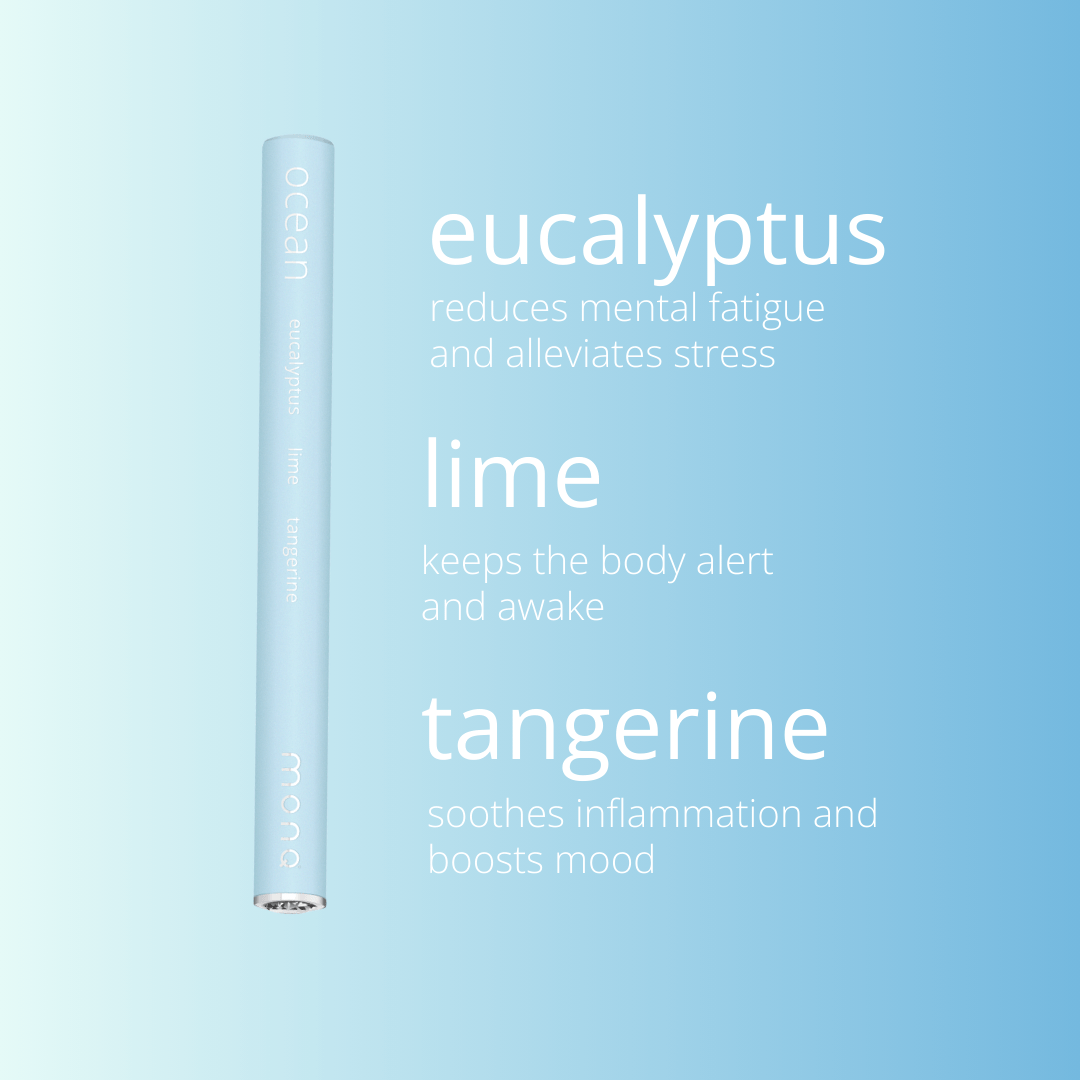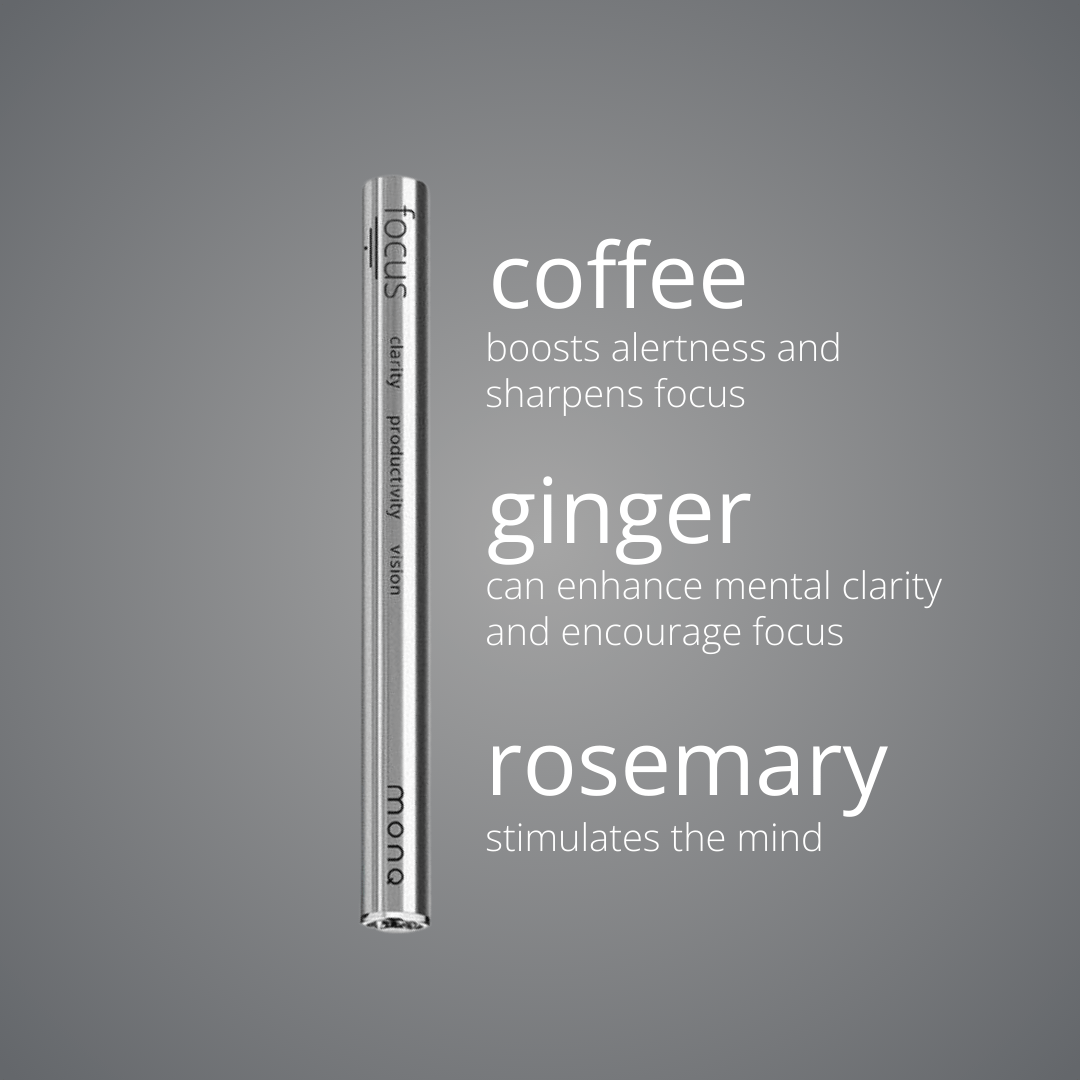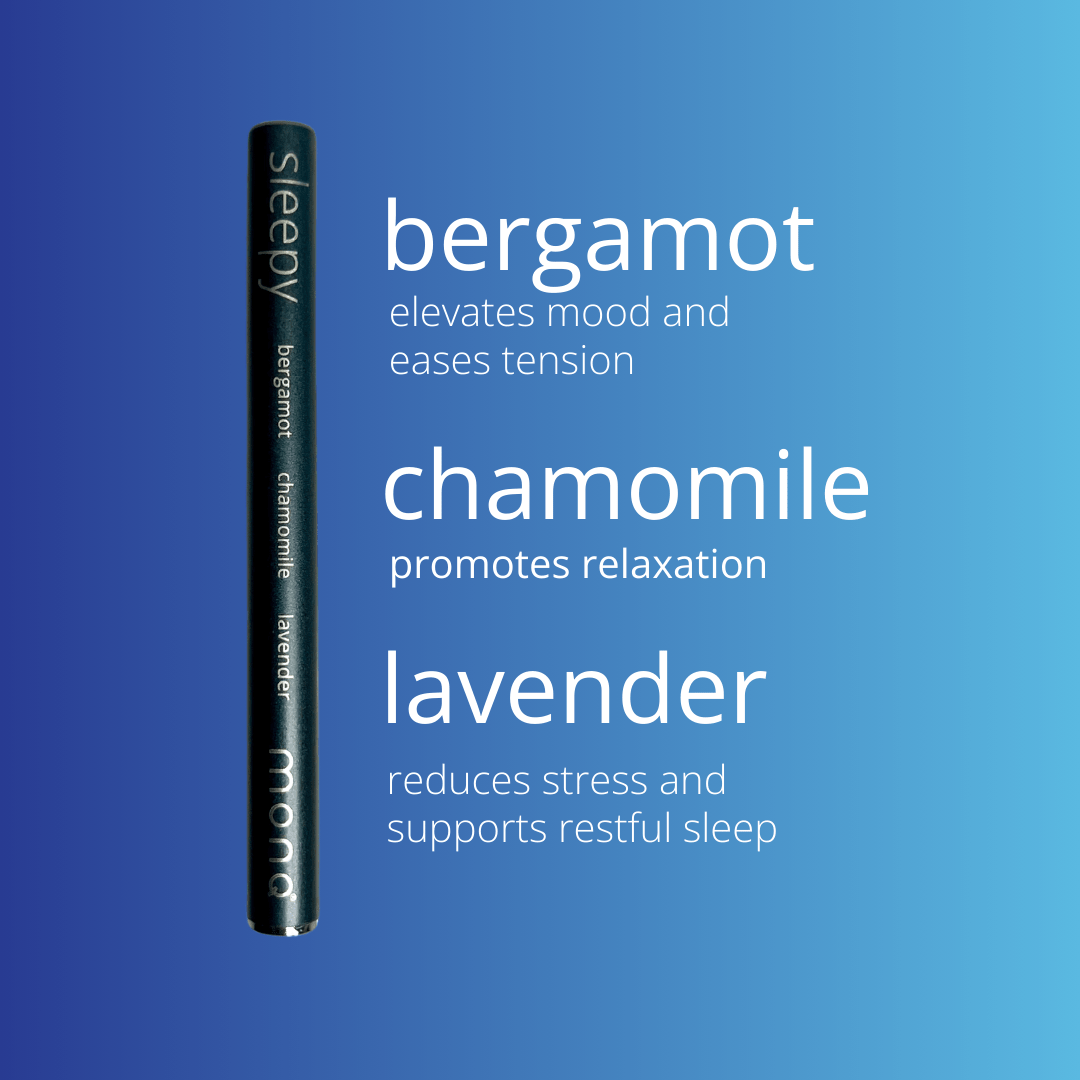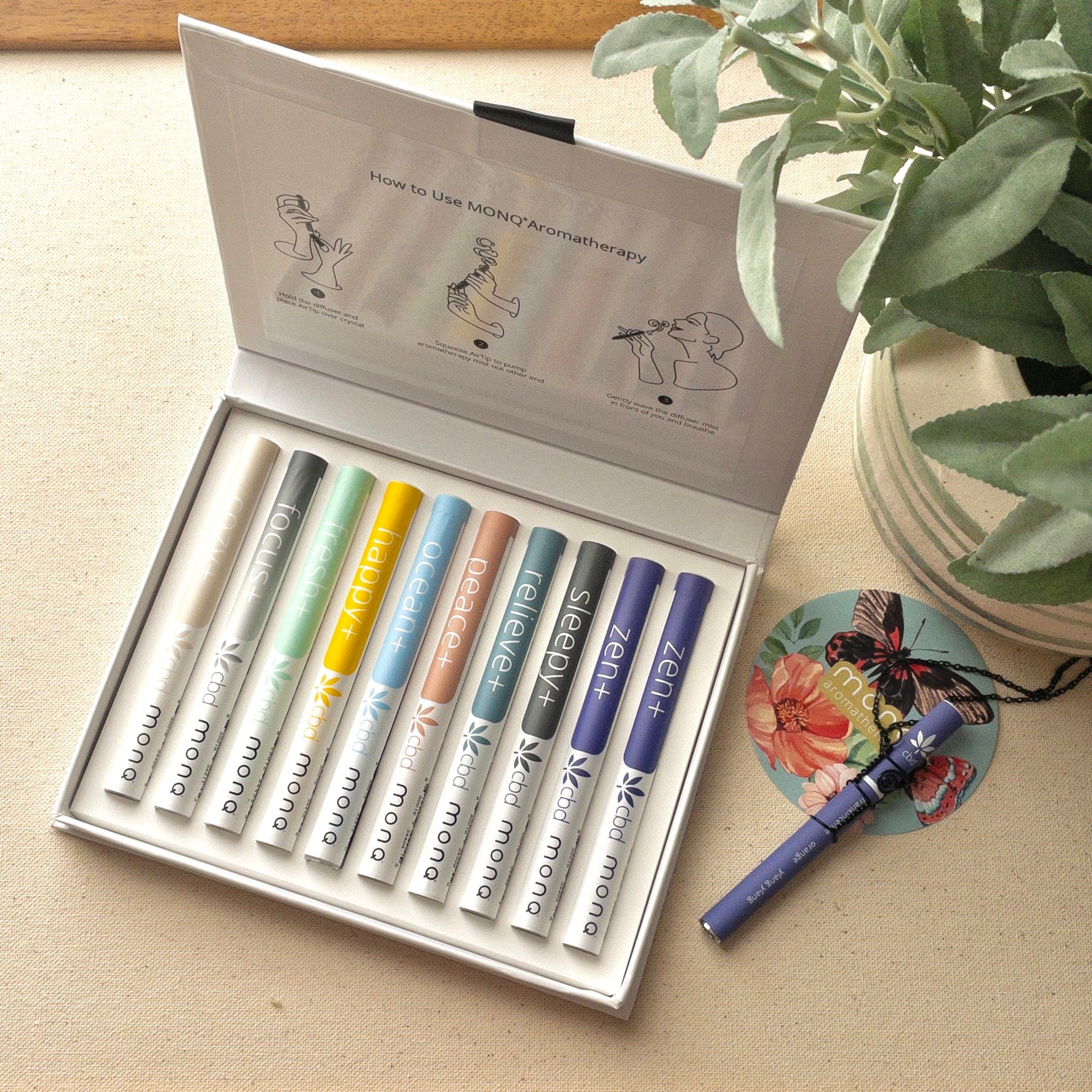Flow State: A Journey into Peak Performance

The state of flow is a remarkable mental state that has captivated the interest of scientists, artists, and athletes alike. Often referred to as being "in the zone," athletes credit their extraordinary performances to this heightened state of focus.
Understanding the Flow State
Many spiritualists and religious practitioners describe this mental state as spiritual ecstasy, often experienced during meditative practices like chanting or dancing. Artists and professionals across various fields refer to it as “aesthetic rapture,” a period of intense engagement where the activity becomes so absorbing that everything else fades into the background.
Mihaly Csikszentmihalyi, a prominent psychologist, has extensively researched the flow state. He posits that some of our happiest moments are not when we receive rewards or feel serene, but when we are deeply engaged in an activity purely for its own sake. This intrinsic motivation is central to the flow state, allowing happiness to arise from within rather than from external factors.
The Experience of Flow
Flow is a highly subjective experience, varying greatly depending on the activity and the individual. However, all who enter the flow state experience a profound absorption in their activity.
For instance, extreme focus can lead individuals to ignore even basic needs like hunger. Historical figures like Isaac Newton, while writing the Principia Mathematica, were known to go days without eating due to their intense concentration. This level of absorption comes with practice and dedication.
During flow, creativity surges, and thoughts related to the task at hand dominate, pushing aside regular cognitive processes. Many athletes and performers cannot recall their thoughts during flow, as actions are driven by muscle memory and refined skills meeting a worthy challenge.
Characteristics of Flow
Csikszentmihalyi identified eight common characteristics of flow. While not all may be present in every flow experience, they provide a useful framework for understanding this state.
1. Complete Concentration
Flow requires intense focus and the absence of distractions. The activity should be inherently rewarding, fostering deep absorption.
2. Clear Goals and Feedback
Having well-defined goals and receiving feedback helps structure the task and reduce stress, allowing for efficient realignment of efforts toward the final objective.
3. Sense of Timelessness
Time perception often vanishes as the mind is freed from executive control, leading to a feeling that actions unfold effortlessly.
4. Intrinsic Motivation
Flow represents the pinnacle of intrinsic motivation, driving individuals to seek the best solutions for personal satisfaction rather than external rewards.
5. Effortlessness and Ease
During flow, energy levels remain high, and efforts feel effortless, even during intense engagement in the activity.
6. Challenge-Skill Balance
Matching the challenge to the performer’s skill level is crucial. Too much challenge leads to frustration, while too little causes boredom.
7. Loss of Self-Awareness
In flow, self-awareness fades, and the distinction between the doer and the deed dissolves, allowing actions to occur seamlessly.
8. Deep Connection
Flow culminates in a sense of control and enjoyment, with a clear vision of the task’s progression and outcome.
Conclusion
Csikszentmihalyi notes that individuals with an autotelic personality, those who seek activities for their own sake, are most likely to experience flow. These individuals find joy in any task, have a keen interest in life, and exhibit low self-centeredness. This mindset can be nurtured by setting goals, exploring new activities, and cultivating the flow state.
By understanding and practicing the principles of flow, you can enhance your performance and achieve a deeper, more satisfying engagement in your activities.









Leave a comment